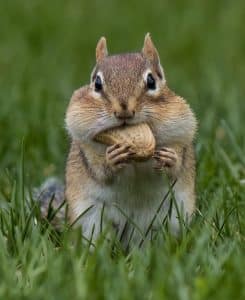10 Best Vegetables To Grow In The Winter
Growing vegetables in the winter can be difficult, but it gets easier when you know the best ones.

Growing vegetables in the winter can be difficult, but it gets easier when you know the best ones.

While there are many ways of heating a greenhouse, using insulation, compost, electrical heating, thermal mass energy, and solar are the commonly used methods. Read our guide to find out more.

Lavender can survive in many regions. The plant can go dormant in winter and sprout back in spring. In most cases, it stays lush even when the temperatures are low.

This desert plants guide explores various species, offers growing tips, and provides all you need to know to design your own arid desert garden.

Learn all you need to know about Philodendrons, including 17 different varieties, how to care for them, and arrangement tips!

Learn about the potato bug, also known as the Jerusalem cricket. Discover how it differs from the harmful potato beetle and its role in decomposition and soil health. Explore its appearance, habitat, diet, and benefits in the ecosystem.

Discover squirrels diverse diet, from nuts and fruits to insects, and find tips on coexisting with them in your garden.

Learn how to coexist with chipmunks in your garden by understanding their behaviors, diet, and habitat. This article explores these cute creatures’ life cycles, feeding habits, and role in the ecosystem. Plus, find tips for attracting chipmunks while minimizing garden damage, and discover humane ways to manage them as natural garden guests.

Discover essential tips for protecting your plants from frost in our comprehensive guide for home gardeners. Learn effective strategies to safeguard your garden and ensure vibrant growth, even in chilly temperatures